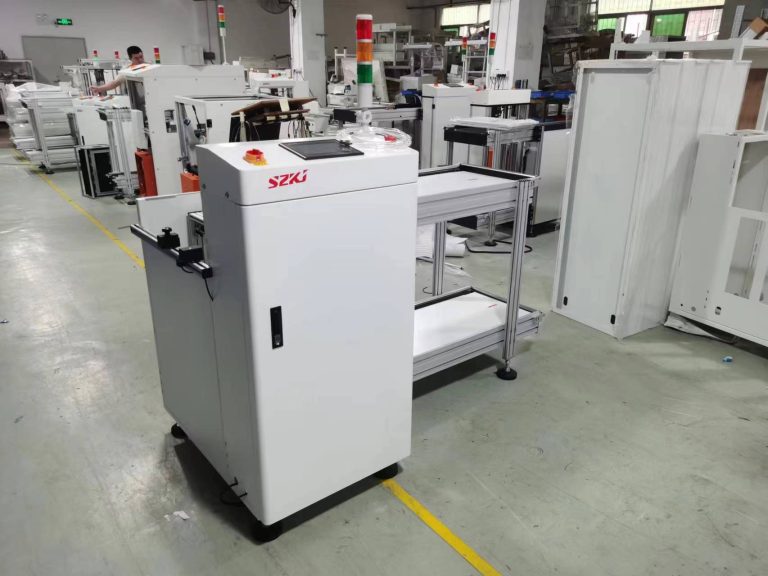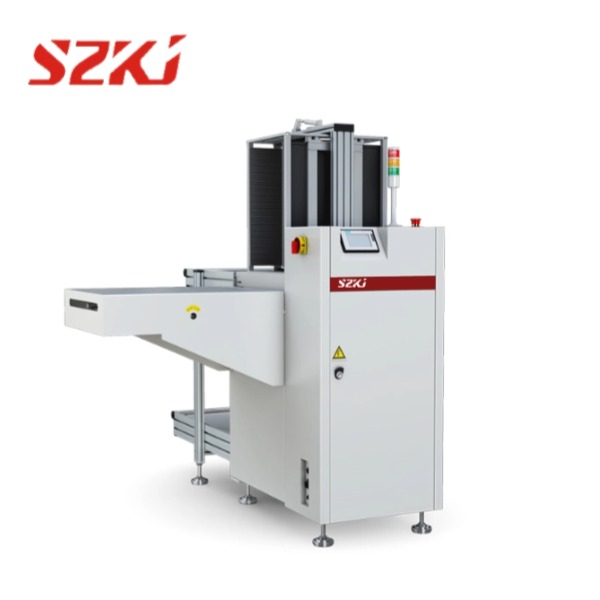Table of Contents
ToggleIn the fast-paced electronics manufacturing industry, precision and reliability are essential. The SMT assembly line (Surface Mount Technology) is at the heart of modern electronics production, enabling manufacturers to place and solder miniature components directly onto printed circuit boards (PCBs). With the increasing complexity and density of circuit designs, inspection technologies play a critical role in ensuring product quality. Among these technologies, X-ray inspection—specifically Automated X-ray Inspection (AXI)—has become a widely adopted tool. But is it necessary for every SMT assembly line?

Understanding the Role of X-Ray in SMT Assembly
X-ray inspection allows manufacturers to look inside solder joints and beneath components, which is not possible with the naked eye or standard optical tools. It is particularly effective for inspecting components like:
- Ball Grid Arrays (BGAs)
- Quad Flat No-Lead (QFN) packages
- PoP (Package-on-Package) devices
- Double-sided assemblies
These components have solder joints that are hidden beneath their bodies, making visual inspection ineffective. The X-ray system captures high-resolution images that reveal voids, bridges, cold solder joints, misalignments, and other defects that could compromise functionality. As such, many manufacturers integrate X-ray inspection into their SMT assembly line as a standard part of quality control.
When Is X-Ray Inspection Necessary?
Despite its advantages, X-ray inspection is not mandatory for every SMT assembly line. Its necessity depends on several factors:
- PCB Complexity
Simple boards with through-hole or large surface-mount components can often be inspected using Automated Optical Inspection (AOI) or manual methods. However, highly dense or multilayer boards benefit significantly from X-ray analysis. - Component Types
If your production involves components with hidden solder joints (like BGAs or QFNs), then X-ray becomes almost indispensable. These joints can’t be inspected using traditional optical tools. - Industry Standards
Industries with high safety and reliability standards—such as aerospace, automotive, military, and medical—often require X-ray inspection as part of their compliance protocols. - Production Volume
High-volume production lines benefit from automated X-ray systems, which provide rapid and repeatable inspection without slowing down the process. For low-volume or prototype production, manual inspection may suffice. - Cost and Investment
X-ray inspection systems represent a significant investment. Smaller manufacturers may choose to outsource X-ray inspection or use it only for sample testing rather than for every unit produced.
Alternatives to X-Ray Inspection
Although X-rays are powerful, it’s not the only method available for inspecting PCB assemblies. Other techniques include:
- AOI (Automated Optical Inspection): Detects visible defects like misalignments, missing components, and incorrect polarity. Ideal for top-side inspections of SMT assemblies.
- ICT (In-Circuit Testing): Checks electrical connections and component values.
- Functional Testing: Validates that the finished product performs according to its intended function.
- Manual Inspection: Useful for low-volume runs or initial prototypes, but limited in accuracy and consistency.
These alternatives are often used alongside or in place of X-ray inspection, depending on the product requirements and cost constraints.
Benefits of Using X-Ray in SMT Assembly Lines
Even if not mandatory, incorporating X-ray inspection into the SMT assembly line has several benefits:
- Improved Quality Assurance: Catching hidden defects before final testing or shipment.
- Fewer Returns and Failures: Higher reliability translates to better customer satisfaction.
- Process Optimization: Identifying recurring issues can help improve upstream processes like reflow soldering.
- Compliance and Certification: Helps meet industry regulations for quality and safety.
Conclusion
So, do all SMT assembly lines need X-ray inspection? The short answer is: not necessarily. While X-ray offers unmatched visibility into hidden areas of a PCB assembly and provides high levels of defect detection, its necessity depends on the product complexity, industry requirements, and production volume.
For high-precision, high-reliability applications—especially those using hidden solder joints—X-ray inspection is a wise and often essential choice. However, simpler assemblies or low-cost production runs may operate successfully without it, relying instead on a combination of AOI, ICT, and manual inspections.
Ultimately, the decision to integrate X-ray inspection into your SMT assembly line should be based on a cost-benefit analysis that takes into account your specific manufacturing goals, budget, and quality standards.




-768x768.jpg)